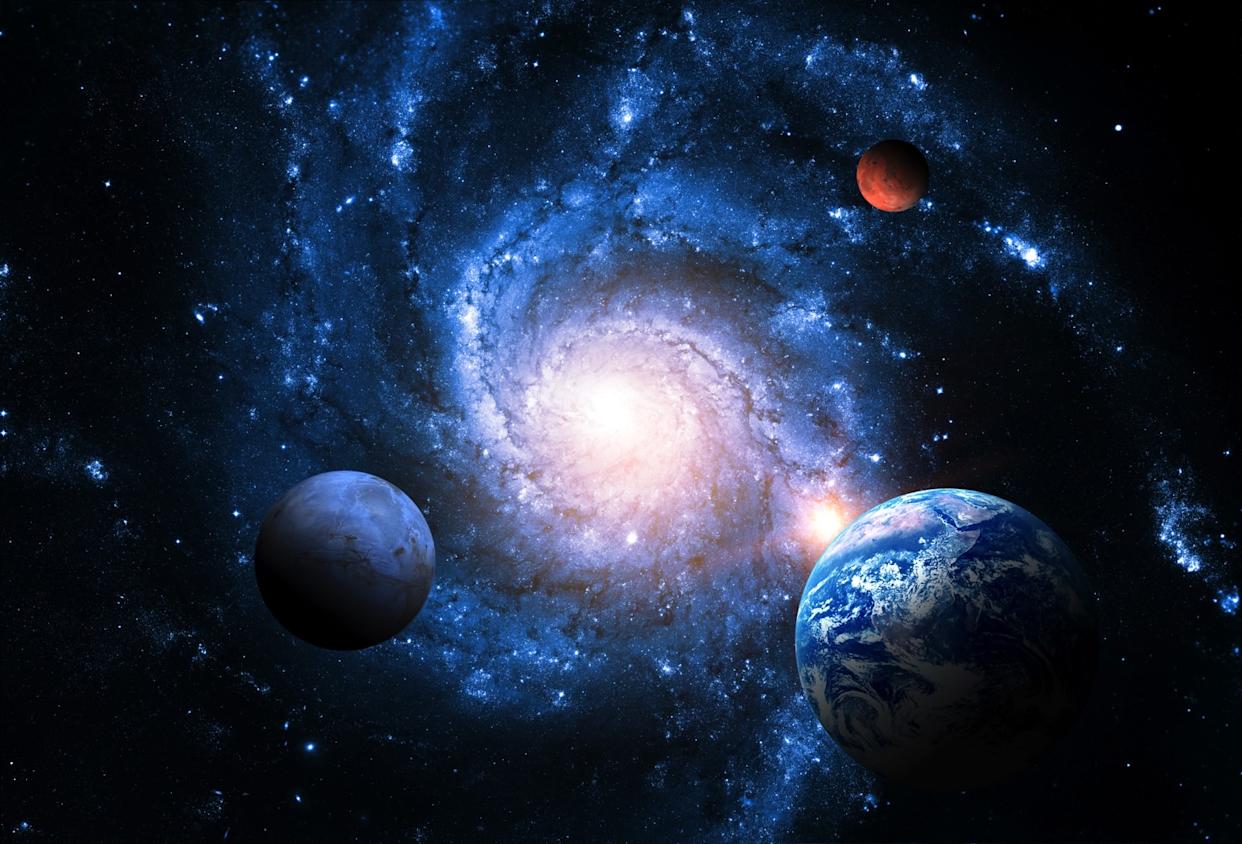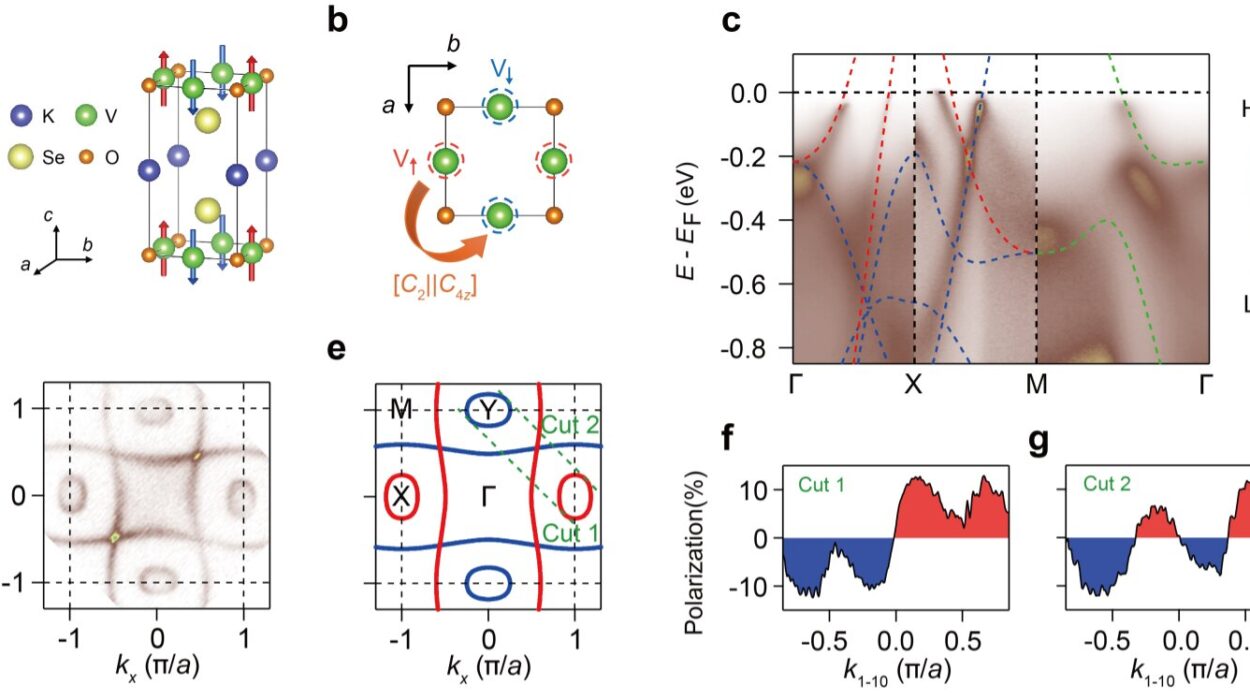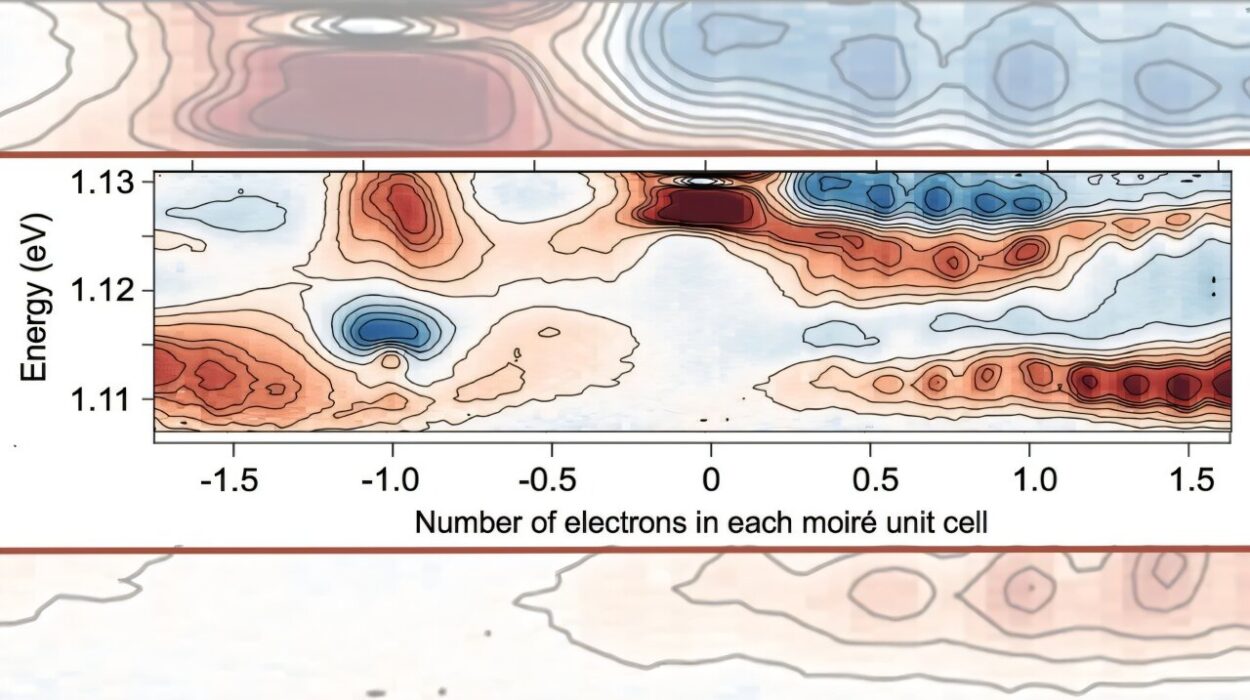At the turn of the 20th century, the world of physics found itself in turmoil. The classical world, governed by Newton’s laws of motion and gravitation, had been a steady and predictable realm. For over two centuries, it explained the motion of planets, the fall of apples, and the paths of cannonballs. Yet, as scientists dug deeper into the nature of light, electricity, magnetism, and the structure of atoms, they encountered inconsistencies that Newtonian mechanics could not resolve.
It was against this backdrop that Albert Einstein, a relatively unknown patent clerk in Bern, Switzerland, revolutionized science. In 1905, he published the Special Theory of Relativity, followed in 1915 by the General Theory of Relativity. These theories didn’t just alter physics—they changed our very conception of reality. Time, once seen as universal and constant, became relative. Space, once viewed as the silent stage on which physics played out, became dynamic and malleable. Gravity was no longer a force but a bending of spacetime itself.
Today, the word “relativity” is nearly synonymous with Einstein, yet few grasp the depth and elegance of his ideas. In this comprehensive exploration, we will journey through the origins, principles, implications, and experimental confirmations of relativity. Along the way, we will witness how Einstein’s imagination outpaced his era, transforming not only science but the way humanity sees the universe.
The Classical Worldview and Its Limits
To appreciate the revolutionary nature of relativity, we must first understand the classical worldview that it upended. Isaac Newton’s laws of motion and his universal law of gravitation had become the bedrock of physics. Time ticked uniformly across the cosmos, space was a static stage, and gravity was a force acting at a distance.
This worldview worked remarkably well. Newtonian mechanics explained planetary motion with uncanny precision. It predicted eclipses, tides, and trajectories. But even in Newton’s time, certain questions lingered. What was gravity’s mechanism? How could forces act instantaneously across empty space?
By the 19th century, a new challenge emerged: light. James Clerk Maxwell unified electricity and magnetism into a set of elegant equations that predicted the existence of electromagnetic waves—of which visible light was one. Maxwell’s equations suggested that light traveled at a fixed speed: approximately 300,000 kilometers per second. But relative to what?
The concept of the aether, an invisible medium through which light was thought to propagate, was introduced. Yet, attempts to detect Earth’s motion through the aether—most famously the Michelson-Morley experiment in 1887—consistently failed. Light always seemed to move at the same speed, regardless of the observer’s motion.
This violated Newtonian expectations. If a car moves toward an oncoming light beam, the light’s speed should increase relative to the car. Yet measurements didn’t support this. Something was deeply wrong with the classical picture. A new framework was needed.
Special Relativity: Time and Space Reimagined
In 1905, Einstein published “On the Electrodynamics of Moving Bodies,” which introduced the Special Theory of Relativity. He began with two postulates, deceptively simple but profoundly transformative:
- The laws of physics are the same in all inertial frames of reference.
- The speed of light in a vacuum is the same for all observers, regardless of their motion.
These principles led to astonishing conclusions. If the speed of light is constant for all observers, then time and space themselves must adjust. Clocks in motion tick more slowly. Rulers contract along the direction of motion. Simultaneity—once an absolute concept—becomes relative. Events that are simultaneous in one frame may not be in another.
These effects, known as time dilation and length contraction, are not mere optical illusions or measurement errors. They are real, physical consequences of motion. If a spaceship moves near the speed of light, time aboard slows down relative to a stationary observer. This was famously illustrated by the twin paradox: a twin who travels at high speed ages more slowly than their sibling who remains on Earth.
Einstein also introduced the most famous equation in science: E = mc². This simple yet profound relation shows that mass and energy are interchangeable. A small amount of mass contains a vast amount of energy. This insight laid the foundation for nuclear energy and helped explain the power of the sun.
General Relativity: Gravity as Geometry
Special relativity was limited to observers moving at constant speeds (inertial frames). But the universe is full of acceleration: falling apples, orbiting moons, rotating galaxies. To describe these phenomena, Einstein needed a deeper theory.
In 1915, after a decade of intense intellectual struggle, Einstein unveiled the General Theory of Relativity. It was a masterpiece of mathematical and conceptual brilliance. General relativity extended the principle of relativity to include acceleration and redefined gravity not as a force, but as a geometric property of spacetime.
Einstein’s central insight was that mass and energy curve spacetime, and this curvature tells matter how to move. A planet orbiting a star is not being pulled by a force but is following a curved path in warped spacetime. This was a radical departure from Newton’s idea of gravity as a force acting at a distance.
The mathematical heart of general relativity is the Einstein field equation, a set of tensor equations that describe how matter and energy determine the curvature of spacetime. These equations are complex, but their implications are vast.
One of the earliest predictions of general relativity was the bending of light by gravity. If mass curves spacetime, then light—which follows the straightest possible path—should also curve near massive objects. This was confirmed in 1919 during a solar eclipse, when starlight was observed to bend as it passed near the sun. The announcement catapulted Einstein to international fame.
Experimental Confirmations: Testing Relativity’s Predictions
Since their inception, both special and general relativity have been subjected to rigorous testing—and passed with flying colors.
Time Dilation has been observed in high-speed particle accelerators, where unstable particles called muons live longer than expected because of their velocity. GPS satellites must account for both special and general relativistic effects to maintain accuracy; otherwise, navigational errors would quickly accumulate.
Gravitational Redshift, the stretching of light as it escapes a gravitational field, has been confirmed in Earth-based experiments, including the Pound-Rebka experiment in 1959.
Gravitational lensing, predicted by general relativity, has become a powerful tool in astronomy. Light from distant galaxies is bent by massive clusters, creating multiple images or distorted arcs. These observations not only confirm Einstein’s predictions but allow astronomers to map dark matter.
Gravitational waves, ripples in spacetime predicted by general relativity, were first directly detected in 2015 by the LIGO observatory. These waves, generated by colliding black holes or neutron stars, confirm one of the last untested predictions of Einstein’s theory and have opened a new era of astronomy.
Black Holes, Cosmology, and the Edge of Physics
General relativity also predicted the existence of black holes—regions of space where gravity is so intense that not even light can escape. Once considered theoretical oddities, black holes are now known to exist throughout the universe. In 2019, the Event Horizon Telescope captured the first direct image of a black hole’s shadow in the galaxy M87, confirming Einstein’s predictions once again.
Relativity is also the foundation of modern cosmology. Einstein’s equations describe an expanding universe, a fact confirmed by Edwin Hubble’s observations in the 1920s. General relativity led to the development of the Big Bang theory, which posits that the universe began from a hot, dense state and has been expanding ever since.
However, general relativity is not the final word in physics. At quantum scales, where uncertainty and probability reign, general relativity breaks down. Reconciling relativity with quantum mechanics remains one of the greatest challenges in modern science. The quest for a theory of quantum gravity—perhaps through string theory or loop quantum gravity—continues.
Relativity in Daily Life: From GPS to Particle Physics
Though relativity deals with phenomena that seem exotic or extreme, it has practical consequences in everyday life.
Global Positioning System (GPS) satellites orbit Earth at high speeds and at high altitudes, where both special and general relativistic effects are significant. Without correcting for time dilation and gravitational time shift, GPS positioning would drift by several kilometers each day.
In particle accelerators, such as the Large Hadron Collider, particles travel at near-light speeds. Relativistic effects must be taken into account to design experiments and interpret data correctly.
Relativity has also influenced philosophy, art, and culture. It shattered the illusion of absolute time and space, inviting people to think of the universe as a dynamic, interconnected whole. Einstein’s work reshaped the 20th century not only scientifically but intellectually.
Einstein’s Legacy and the Continuing Frontier
Albert Einstein died in 1955, but his legacy endures. His theories have not only withstood a century of scrutiny but have become essential tools in modern science. Yet, Einstein himself was never entirely satisfied. He sought a unified field theory that would combine gravity with electromagnetism—a quest that continues today in attempts to unify all fundamental forces.
Relativity also continues to evolve. The discovery of dark energy, which accelerates the expansion of the universe, poses new questions about the nature of spacetime. Modified theories of gravity are being explored to explain galactic rotation curves without invoking dark matter. In the future, relativistic physics may help unlock the secrets of the multiverse, wormholes, or even time travel—though such possibilities remain speculative.
Conclusion: A New Window on Reality
Einstein’s theory of relativity was not just a correction to Newton—it was a revolution in thought. It showed that space and time are not rigid and eternal but fluid and intertwined. It revealed that gravity is not a force but geometry. It taught us that mass and energy are the same, that time can flow differently for different observers, and that the universe is far stranger and more beautiful than we imagined.
Relativity opened the door to a new era of physics, one that continues to challenge and expand our understanding of reality. It stands as a testament to human curiosity and the power of imagination. Over a century after its birth, relativity remains one of the crown jewels of science—a window into the true nature of the universe.






